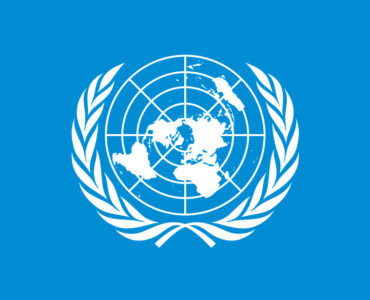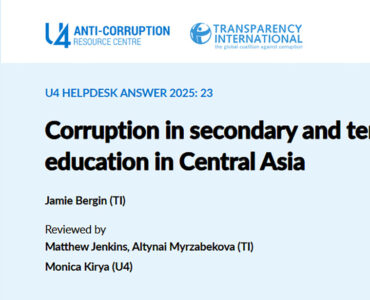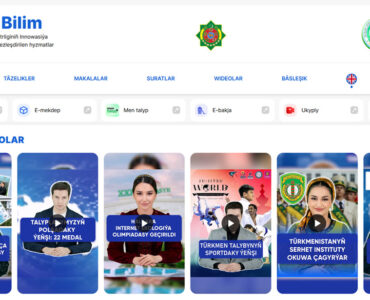In his study, The Role of Party Interest Articulation in the Personalist-Authoritarian Regimes of the Central Asian Republics of Kazakhstan, Turkmenistan, and Tajikistan, published in 2020, Professor Rico Isaacs of the University of Lincoln investigated the role of political parties in Central Asian authoritarian regimes. He established that it is important not to neglect the significant role political parties and their interests play in Central Asian governments. As exhibited in the cases of Turkmenistan, Tajikistan, and Kazakhstan, political parties are instrumental to upholding authoritarian regimes.
Political Party Models
There are two discernible models of interest articulation performed by political parties in these countries.
- The leverage model: when a party is used by elites who are not directly part of the government regime to promote their own financial and political interests. In this model, parties are created to give oligarchs and elites greater influence over policy making.
- The coordinating model: when a party is established by the president and his administration in order to serve his specific political and economic interests. In this model, the party ensures that legislation promoting those interests is easily passed. Usually, there is one dominant party (the president’s/leader’s party) that dictates to other parties (if there are any) how to vote and what political issues they can promote.
These models are specifically intended to uphold the private interests of government officials or oligarchs, rather than the interests of the people.
Donate to support Turkmen analysts, researchers and writers to produce factual, constructive and progressive content in their efforts to educate the public of Turkmenistan.
SUPPORT OUR WORKTurkmenistan
- Turkmenistan follows the leverage model. Over the course of his more than a decade long presidency, Gurbanguly Berdymukhamedov sought to establish parties other than the Democratic Party of Turkmenistan (DPT), the president’s party, which up until 2012 was the only formally registered political party in Turkmenistan since 1991. Through taking these steps, Berdymukhamedov sought to create a more enticing environment for foreign investors.
- This led to the establishment of the Party of Industrialists and Entrepreneurs of Turkmenistan (PIET) in Turkmenistan in 2007 (although it was not officially registered until 2012). It is a leveraging party set up to articulate the interests of Turkmenistan’s predominant oligarch, Alexander Dadaev.
- Dadaev became a successful entrepreneur in Turkmenistan, although this is due to the informal benefaction of Berdymukhamedov, a patronage legitimized through PIET.
- This allowed Dadaev to push through legislation to serve his own interests. His business also received additional benefits, such as the allocation of prime land for the construction of new building complexes as well as preference for public construction contracts.
- In this way, PIET has emerged as a tool for the articulation and representation of private interests.
Tajikistan and Kazakhstan
- Tajikistan and Kazakhstan tended to follow the leverage model, although it faded as an influential platform for political elites as the presidents, Nursultan Nazarbayev (Kazakhstan) and Emomali Rahmon (Tajikistan), consolidated power. Elites that establish leveraging parties to articulate interests in the legislature represent a threat to presidential power, which is why this model transitioned to the coordinating model in both countries.
- In Kazakhstan, the ruling party Nur Otan (now Amanat), is the dominant party that swallowed up leveraging parties, serving to uphold the president’s interests.
- In Tajikistan, the People’s Democratic Party of Tajikistan (PDPT), serves the same purpose as Amanat, although it facilitates the marginalization of leveraging parties rather than absorbing them.






